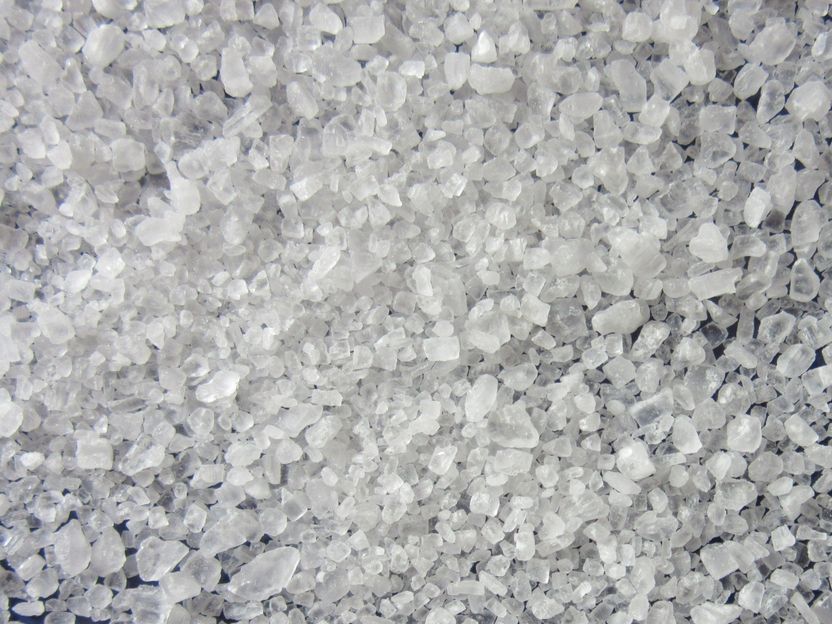WHO recommends limits for salt content in foodstuffs
Advertisement
Too much salt in food is unhealthy: according to the World Health Organization (WHO), eleven million deaths a year worldwide are caused by risk factors in the diet, three million of them by eating too much salt. On Wednesday, the WHO presented a table with recommended maximum levels for a few dozen foods.

pixabay
For example, 100 grams of sweet biscuits should contain no more than 265 milligrams of salt. Among the 60 or so guideline values are also: popcorn, nuts and seeds 280, sourdough or yeast bread 330, frozen pizza 450, cheese such as ripe Gouda 625, tomato ketchup 650 and muscle meat such as Serrano ham 950 - meaning 100 grams of this ham should contain no more than 950 milligrams of salt.
In general, the WHO recommends not to consume more than 5 grams of salt per day. The German Nutrition Society recommends no more than 6 grams. However, it reported in a 2019 study that women in Germany consume an average of 8.4 grams and men 10 grams of salt. Fifty percent of men and 38.5 percent of women consume more than 10 grams of salt daily.
Consuming too much salt can increase blood pressure and thus the risk of cardiovascular diseases, according to experts. Such conditions account for nearly a third of deaths worldwide that are not due to infectious diseases. Eating too much salt can also contribute to chronic liver disease, kidney disease, obesity and stomach cancer, the WHO said.
The WHO encourages countries to set their own standards within the guideline values. It based its list on existing limits from various countries. They have been scientifically tested, are medically reasonable and can be adhered to, it said.
In 2013, WHO member countries had set a target to reduce people's salt consumption by 30 percent on average by 2025.
However, according to the 2020 nutrition report, the reduction per year was only 0.2 percent, instead of the necessary 2.4 percent. Therefore, this target is unlikely to be reached, the WHO said./oe/DP/stk (dpa)
Note: This article has been translated using a computer system without human intervention. LUMITOS offers these automatic translations to present a wider range of current news. Since this article has been translated with automatic translation, it is possible that it contains errors in vocabulary, syntax or grammar. The original article in German can be found here.


























































